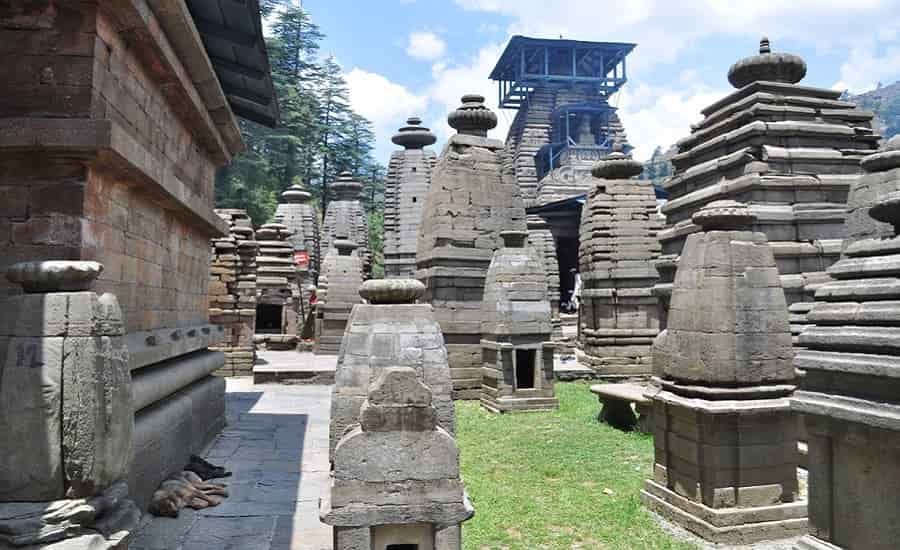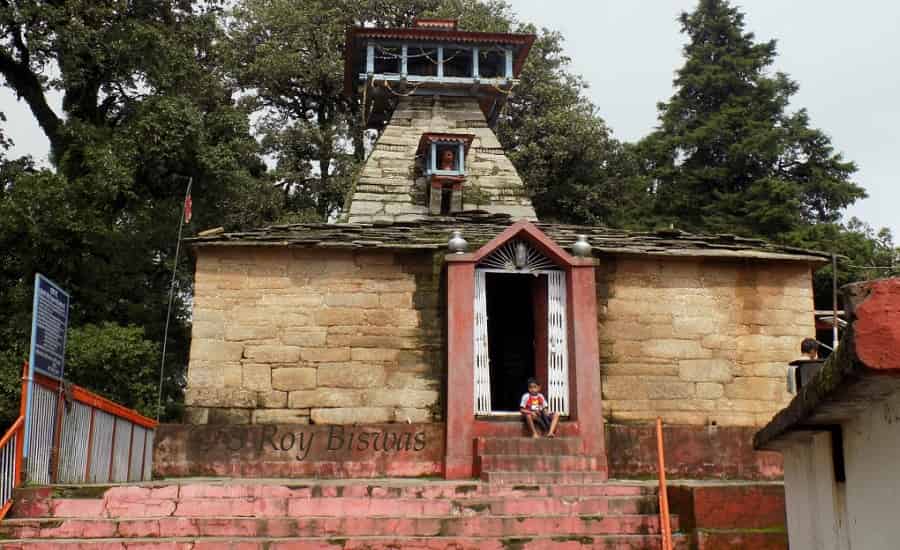The temples of Jageshwar, nestled in the serene environs of the Jageshwar valley, represent an architectural and spiritual treasure trove. This comprehensive exploration delves into the intricacies of each temple within this sacred complex, offering insights into their historical significance, architectural styles, and cultural relevance.

Temple 47: A Beacon of Valabhi Nagara Architecture
Temple 47 stands as a testament to the elegance of Valabhi Nagara architecture. With its graceful proportions and ornate detailing, this temple captivates visitors with its serene beauty. Housing a diverse array of steles depicting various deities, Temple 47 serves as a focal point for devotees seeking divine blessings and spiritual enlightenment.
Temple 2: Curvilinear Charms in Latina Nagara Style
Temple 2 enchants visitors with its curvilinear tower, showcasing the intricacies of Latina Nagara architectural style. Adorned with exquisite carvings and reliefs depicting divine narratives, this temple invites contemplation and reflection. Its architectural grandeur serves as a testament to the ingenuity of ancient craftsmen and the enduring allure of Hindu spirituality.
Temple 145: Stacked Amalaka Discs and Chaturmukha Shiva Linga
Temple 145 stands as a marvel of architectural innovation, boasting a unique design featuring stacked amalaka discs and a central chaturmukha Shiva linga. This architectural masterpiece inspires awe and reverence, serving as a symbol of divine grace and spiritual transcendence. Visitors are drawn to its serene ambiance, where they can immerse themselves in contemplation and meditation.
Temple 76 (Mrityunjaya Mahadeva temple): Sanctuary of Spiritual Significance
Temple 76, known as the Mrityunjaya Mahadeva temple, holds profound spiritual significance for devotees. With its imposing size and architectural grandeur, this temple serves as a sanctuary for communal rituals and individual worship. Its sacred ambiance fosters a sense of connection with the divine, inviting visitors to seek solace and spiritual renewal.
Temple 37 (Jageshwar temple): Symbolism and Spiritual Liberation
Temple 37, affectionately referred to as the Jageshwar temple, is imbued with symbolism and spiritual significance. Featuring intricate carvings and unique dvarapalas symbolizing the inevitability of death and the promise of spiritual liberation, this temple offers a profound experience for pilgrims and seekers alike. Its serene surroundings provide a tranquil setting for meditation and introspection.
Beyond the Temples: Discovering Sacred Sites

In addition to the main temple complex, Jageshwar is adorned with sacred sites such as Vinayak Kshetra and Sri Vriddha Jageshwar. These sites serve as focal points for pilgrimage and reflection, offering devotees an opportunity to connect with the divine in a serene natural setting. Visitors can explore these sacred sites, soaking in the spiritual energy and ancient wisdom that permeates the landscape.
Inscriptions: Echoes of Ancient Wisdom
The walls and pillars of the Jageshwar temples bear witness to the passage of time, adorned with over 25 inscriptions spanning centuries. Predominantly in Sanskrit and Brahmi, these inscriptions offer valuable insights into the historical and cultural significance of the site. Scholars have meticulously studied these inscriptions, unraveling the mysteries of the past and enriching our understanding of Jageshwar’s rich heritage.
Conclusion
In conclusion, the temples of Jageshwar stand as testaments to the enduring legacy of Hindu architecture and spirituality. From their majestic proportions to their intricate detailing, these sacred structures continue to inspire awe and reverence among devotees and scholars alike. As guardians of tradition and symbols of divine grace, the temples of Jageshwar beckon us to explore their sacred precincts, inviting us on a journey of spiritual discovery and enlightenment.
Suggested to Read:



 Call
Call Enquiry
Enquiry